Biomedical Engineering Reference
In-Depth Information
4-6 observations under 60 Hz sampling) during which time the camera reg-
isters loss and a pupil diameter of zero is recorded. Thus, the detection and
elimination of these contiguous zero observation artifacts from the PRB
records is relatively straightforward. However, on either side of a blink, one
may also observe highly unusual recordings because the pupil may be mea-
sured inaccurately as the eyelid partially obscures the pupil. The result may
be an impossibly small value for the pupil's size.
To ensure that the analysis is conducted on pupil constriction or dilation
and not on misleading discontinuities caused by blinks or partial blinks, one
must either remove the blink observations from the data entirely or replace
them with linearly interpolated values. Blinks (i.e., zero recordings) have
been found to account for approximately 3-4% of all observations. Partial
blinks account for another 1% of the total number of observations. The
blink-removal procedure removes all observations having zero values (i.e.,
the blink) as well as any extreme values that occur within six additional
observations on either side of the zero value (i.e., partial blinks). Figure 1
presents a preprocessed result of the typical measurements of subjects from
four dierent vision ability categories.
6
7
5.5
6
5
5
4.5
4
4
500
1000 1500 2000
500
1000 1500 2000
6
9
8
5
7
4
6
3
5
500
1000 1500 2000
500
1000 1500 2000
Time
Time
Fig. 1. PRB (pupil diameter) time series data for individuals from four dierent vision
ability categories.









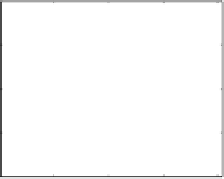
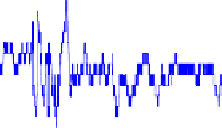
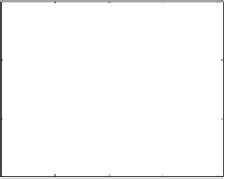
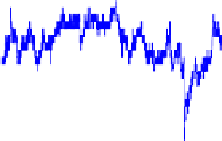
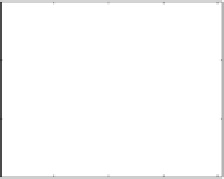
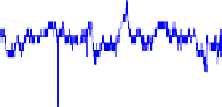
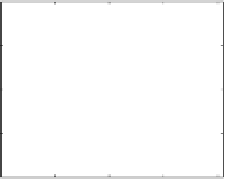
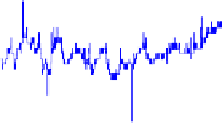
Search WWH ::

Custom Search